Home > Climate News >

Fires are keeping Arctic forest growth from offsetting CO2 release
Climate change is causing the Arctic to get greener, but those thicker forests will not help battle climate change as well as was hoped, a new study says.
Scientists believed that although the warming atmosphere is melting Arctic ice and permafrost, and therefore releasing sequestered carbon dioxide, the warmer temperatures could spur more plant growth in the same area that might be able to offset the CO2 releases…

Changes in migratory bird patterns likely caused by climate change, study finds
Flowering plants are blooming earlier as a result of climate change, which shifts relationships between birds and their food sources.
Ruby-throated hummingbirds, for example, are arriving at breeding grounds at a different time than the blooming of their traditional food sources. Studies show that hummingbirds are arriving earlier at their breeding grounds than in the early 1900s.
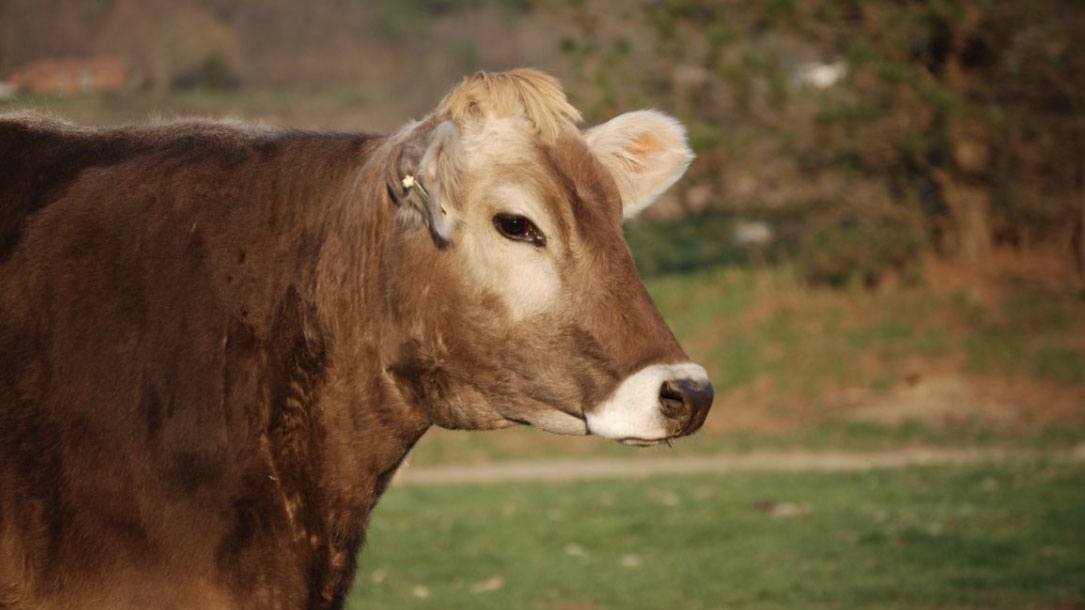
She’s driven by soil health and pasture management
Looking out over the tidy farmstead in a valley below, Franceus talks about the ranch. Her parents bought the land in the early 1960s. “My mom sold a quarter of land in Illinois in order to purchase this place,” she says.
“It was predominantly covered in native grasses. My dad planted a pasture to crested wheat grass so that it would have some cool-season grasses for grazing. And now years later we are predominantly brome and bluegrass, which are cool-season grasses. Our biggest conservation challenge now is limiting the invasive cool-season grasses — the introduced species — and try and bring back the native grasses.”
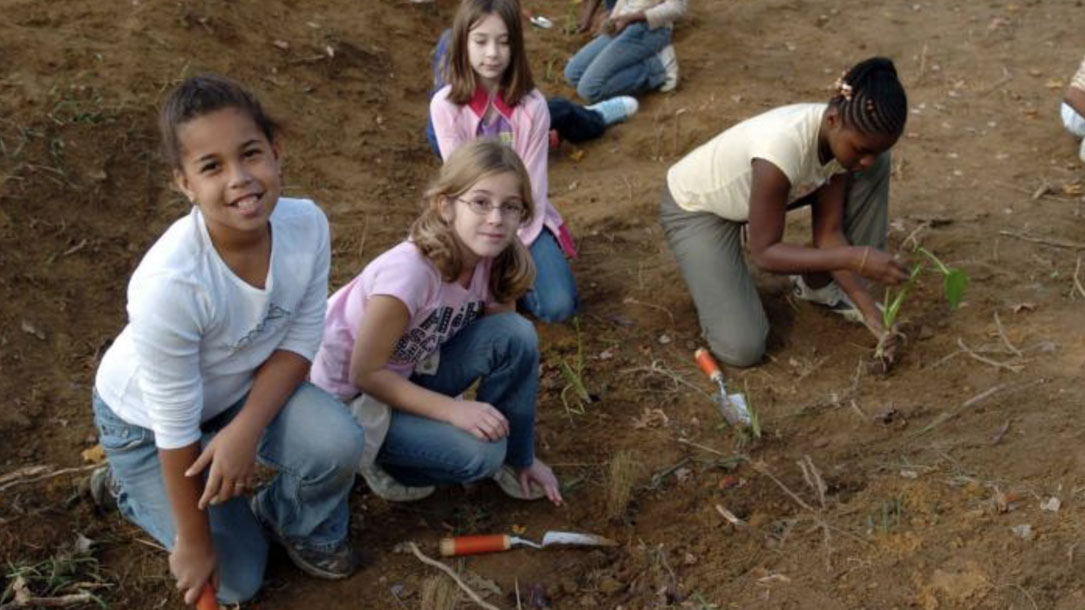
Report: Conserving and Restoring America the Beautiful
“A preliminary report to the National Climate Task Force recommending a ten-year, locally led campaign to conserve and protect the lands and waters upon which we all depend, and that bind us together as Americans.”
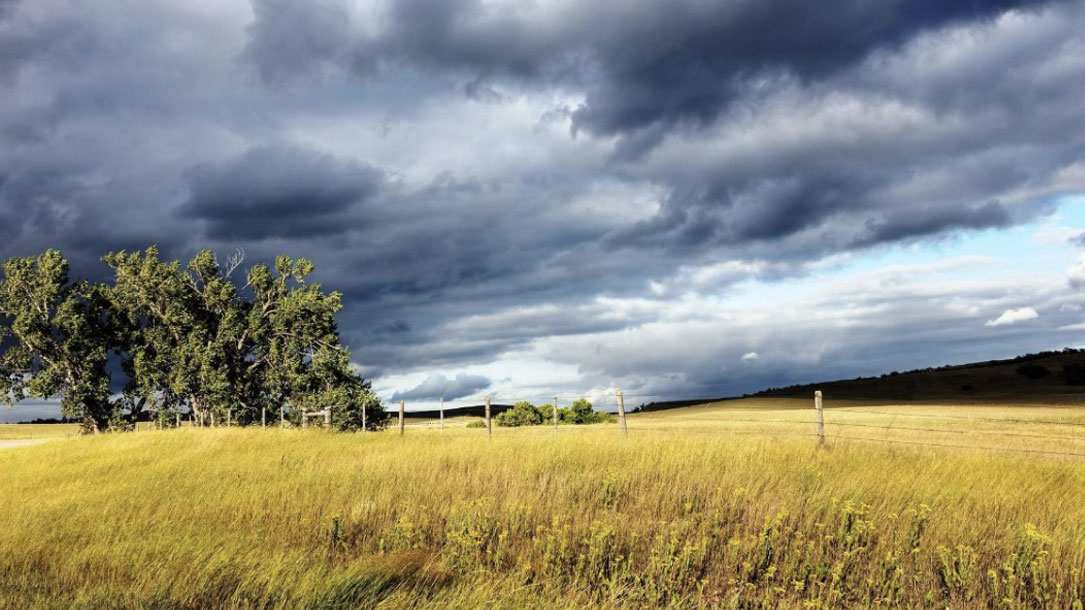
Natural climate solutions: We are at a tipping point for the planet
“We need to reach net zero greenhouse gas emissions by mid-century to keep global temperature increases under 2°C. While most efforts toward this goal have been focused on reducing fossil fuel use, new science shows that natural climate solutions—based on the conservation, restoration and management of forests, grasslands and wetlands—can deliver up to a third of the emission reductions needed by 2030…”
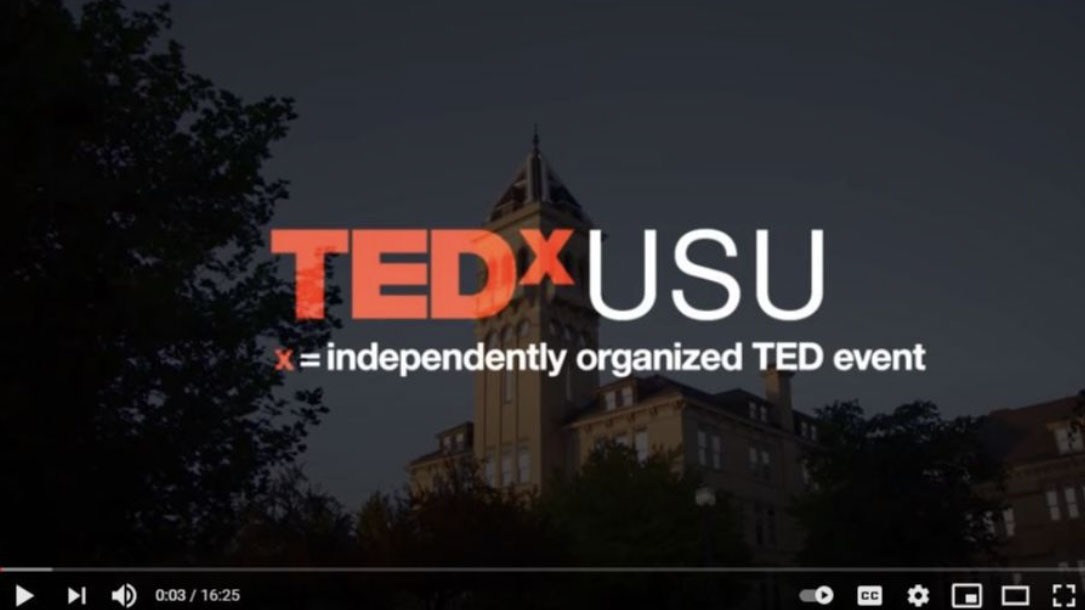
TED Talk: Redefining climate change denial
By recognizing the passive forms of climate change denial in our everyday lives, we enable ourselves to move past them and begin working towards climate solutions each day. Patrick Belmont has some very interesting observations about different kinds of deniers.
Belmont is a dad and river scientist with a rapidly shrinking carbon footprint. He talks about climate change in real terms, and real impacts, including ecosystems, national security, and human suffering. When you listen, you will hear about equity, planting trees, and the urgency of time, and what we can do about it.

Agrivoltaics works better with leafy greens, root crops
[Solar] projects linked to agriculture have thus far shown the highest potential when combined with leafy greens such as lettuce and spinach, as well as with root crops such as potatoes, radishes, beets, and carrots. This is one of the conclusions of recent research developed on agrivoltaics by U.S. scientist Chad Higgins from the Department of Biological and Ecological Engineering at Oregon State University…
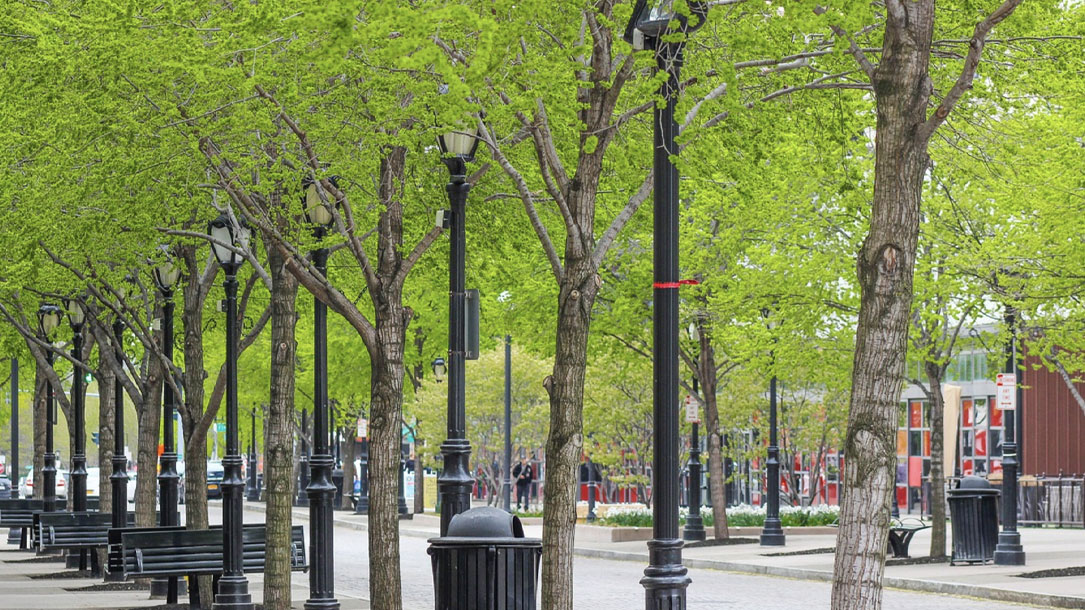
Study: Review of the Available Literature and Data on the Runoff and Pollutant Removal Capabilities of Urban Trees
This is a dense, but potentially useful scientific article on the runoff and pollutant removal capabilities of urban trees.
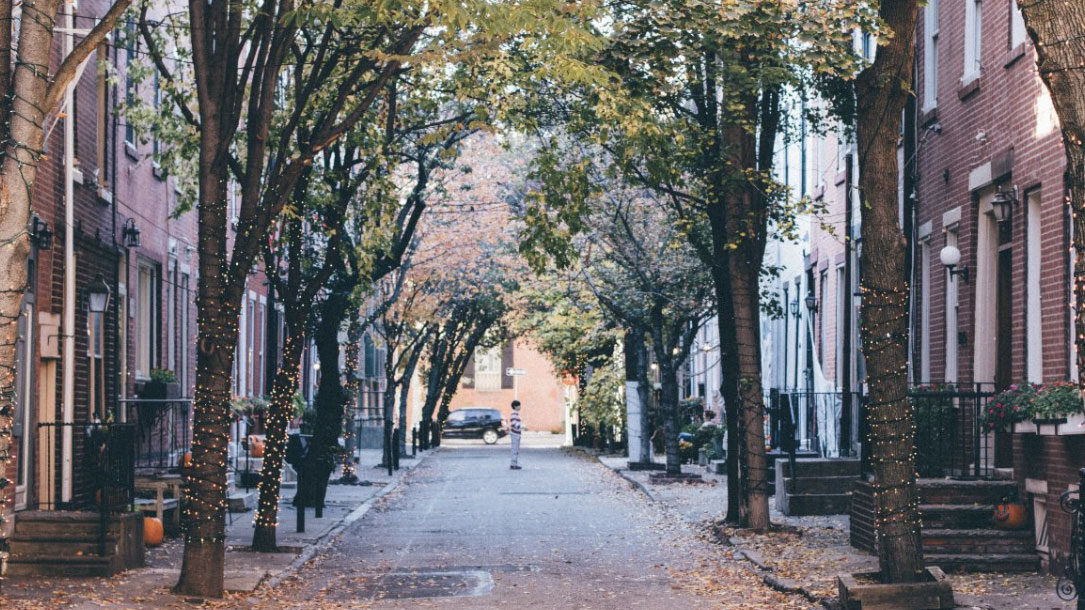
Air quality effects of urban trees and parks
Trees—and urban trees in particular—provide enormous benefits. For starters, they’re responsible for producing oxygen and removing CO2 and other pollutants from the air. Urban forests in the U.S. remove an estimated 75,000 tons of air pollution per year. They reduce the impact of falling rain and encourage that water to soak into the ground, reducing flooding and erosion as well as preventing pollution from entering waterways…
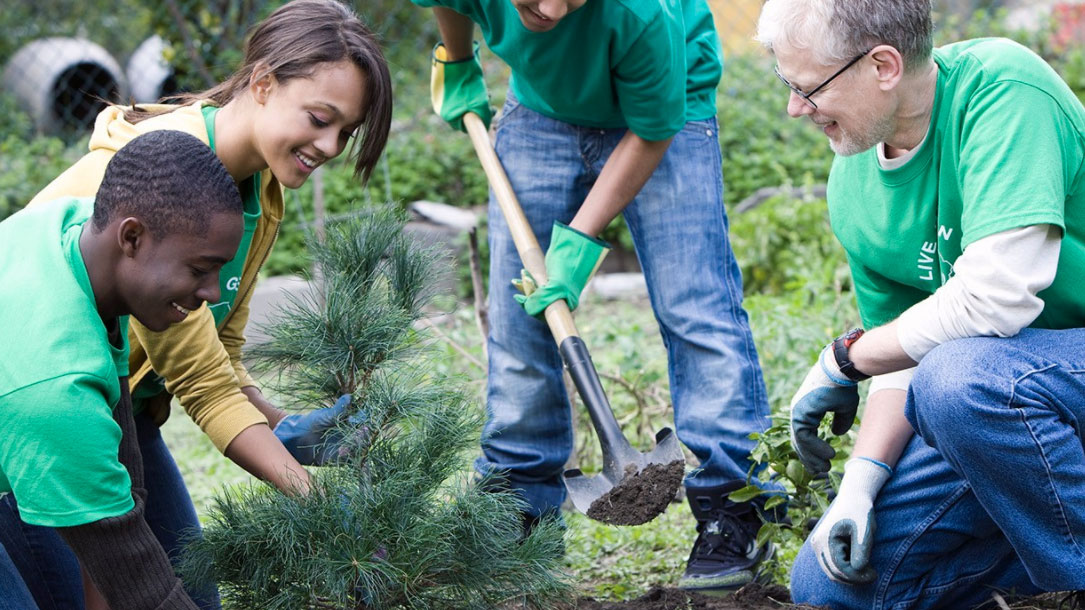
Using urban forestry to fight for environmental justice
Trees—and urban trees in particular—provide enormous benefits. For starters, they’re responsible for producing oxygen and removing CO2 and other pollutants from the air. Urban forests in the U.S. remove an estimated 75,000 tons of air pollution per year. They reduce the impact of falling rain and encourage that water to soak into the ground, reducing flooding and erosion as well as preventing pollution from entering waterways…
The U.S. Forest Service estimates that trees reduce the energy consumption needed to cool homes in the U.S. by more than seven percent…












